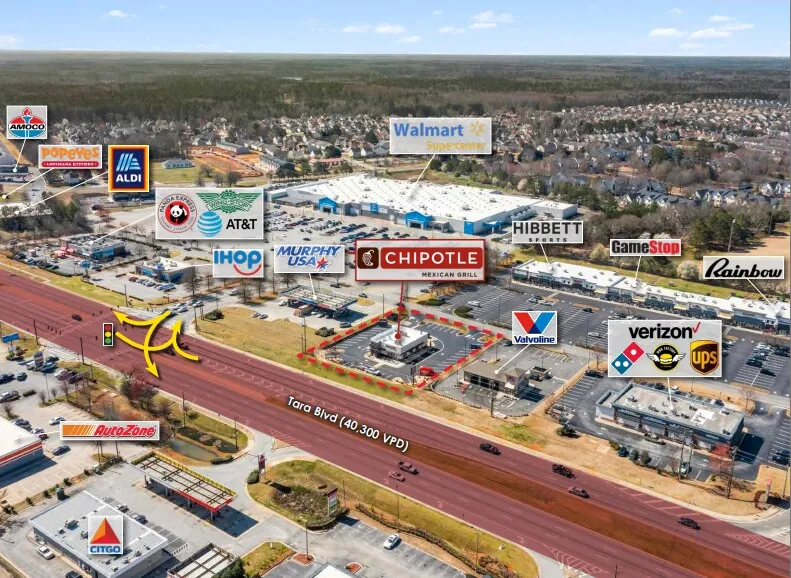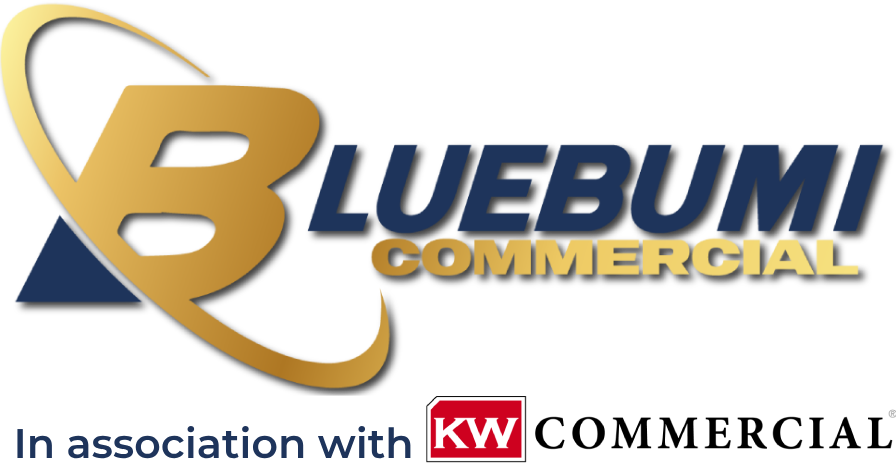
Retail Strip Centers 2025: Sales Volume Slows But Vacancy Hits New Lows
Retail Strip Centers 2025: Sales Volume Slows But Vacancy Hits New Lows
Retail strip centers are at an interesting crossroads in 2025. CoStar’s latest data shows a mix of encouraging fundamentals alongside slower transaction activity. While sales volume across the Atlanta area declined through the first three quarters of 2025 compared to 2024, vacancy rates have improved, reflecting strong tenant demand. Meanwhile, cap rates have remained stable at an average of 7.1%, and average pricing hovers around $214 per square foot. Together, these metrics tell a story of a resilient asset class navigating a shifting capital markets environment.
Sales Volume Trends
In 2024, retail strip center sales in the Atlanta market peaked, with the fourth quarter reaching more than $1 billion in closed transactions according to CoStar. However, 2025 has seen softer activity. Q1 2025 closed at $740 million, Q2 improved slightly to $780 million, and Q3 cooled to $660 million. For context, Q3 2024 saw volumes near $900 million. This indicates that although investor interest remains, transactional liquidity has slowed as buyers adopt more selective acquisition strategies.

Vacancy Hits Multi-Year Lows
While sales volume cooled, the occupancy story is more encouraging. Vacancy rates in the retail strip center category declined in 2025, tightening from over 8% in 2024 to near 7% by mid-year 2025. This marks one of the lowest levels in recent years. The improvement signals healthy retailer demand, supported by daily-needs tenants such as grocers, fitness operators, medical tenants, and restaurants. Investors should note that vacancy reductions create stronger leverage for landlords in lease negotiations, supporting rent growth even as sales volume lags.
So what's driving all this demand? Retailers have figured out that being close to customers matters more than ever. They want to be part of people's daily routines—whether that's grabbing lunch, picking up prescriptions, or getting a quick oil change. Strip centers are perfect for this kind of convenience shopping and everyday services. All those stories about retail dying? The numbers tell a completely different story. Physical stores aren't just surviving—they're finding their sweet spot.

Cap Rates Hold Steady at 7.1%
Cap rates across Atlanta’s retail strip center market averaged 7.1% in both 2024 and 2025, suggesting pricing stability despite shifts in sales activity. Combined with an average sales price of $214 per square foot, the market demonstrates equilibrium. Sellers have not been forced to dramatically discount properties, and buyers are able to underwrite investments based on current rental stability. This balance points to confidence in long-term strip center fundamentals.
Price Per Square Foot Trends
Looking at broader trends by location type, CoStar reports CBD retail centers consistently trade at a premium, followed by urban and then suburban locations. In 2025, suburban centers average $215 per square foot, up from $210 in 2024. Urban trades near $238/SF, while CBD locations push $275/SF. Atlanta’s average at $214/SF reflects its primarily suburban and secondary market retail makeup. Prices are forecast to trend upward over the coming years across all location types, underscoring the value of long-term holds.

Fundamentals vs. Transactional Activity
While fewer strip centers are trading in 2025 than in 2024, the underlying fundamentals are healthier. Sales volume largely reflects investor caution around interest rates, capital market volatility, and timing. Even though sales have slowed, the drop in vacancy, steady pricing, and consistent cap rates show that strip centers are still holding strong. Investors who only look at how many deals are closing might miss the bigger picture: tenants are stable, rents are growing, and these properties continue to deliver reliable income over the long run.
What This Means for Investors and Tenants
For experienced investors, 2025 presents a unique window of opportunity. Retail strip centers are producing steady cash flow, supported by stronger occupancy and healthy rent growth. With sales activity down, there’s less competition in the market, giving disciplined buyers room to secure better terms. And with cap rates steady and pricing holding firm, Atlanta strip centers remain a balanced, income-generating play—offering both stability today and appreciation potential as demand stays strong and new development remains limited.
For tenants: the low vacancy environment means heightened competition for prime space. Retailers entering or expanding in 2025 should expect limited availabilities and potentially stronger landlord leverage in lease negotiations.
For communities: strip centers remain vital, often serving as the backbone of suburban retail corridors. The low vacancy rates reinforce the importance of these centers in meeting everyday consumer needs.
Final Thoughts
Retail strip centers in 2025 demonstrate an important lesson: sales volume is not the only metric of market health. CoStar’s data shows the fundamentals in Atlanta are resilient, with declining vacancy and stable pricing providing support for long-term investment. For buyers looking to add durable retail assets to their portfolios, strip centers remain attractive—especially when supported by diverse, essential-service tenant mixes. With fewer investor competitors in the market, 2025 could be an advantageous time to explore acquisition opportunities.
Ready to Explore Retail Investments?
If you’re considering investing in retail strip centers or want to evaluate opportunities in the Atlanta area and beyond, now is a strategic time to review available listings. Contact us today to access curated CoStar-backed reports, tailored asset recommendations, and market analysis designed to match your investment objectives.

